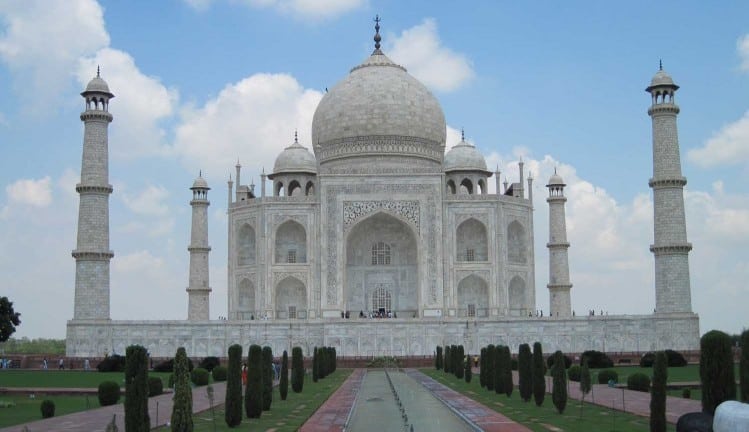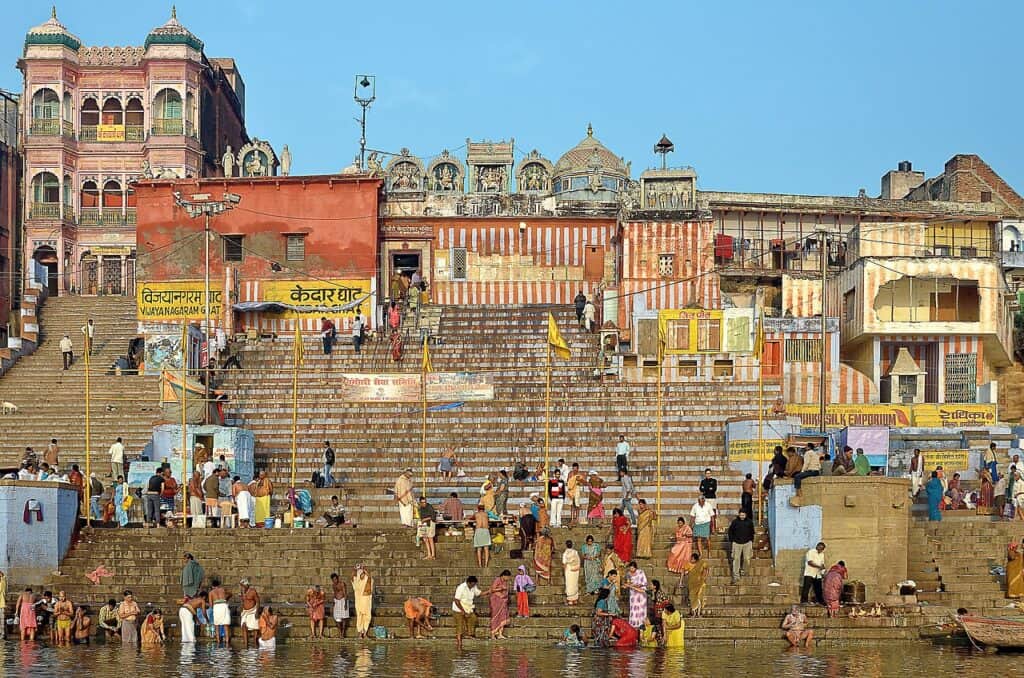- 114
- 20
- 1
- 17
- 5
- 9
- 7
- 3
- 1
- 4
- 1
- 9
- 2
- 6




$780
Next Departure
Apr 26
Apr 27
Apr 28
Available through out the year:
- Jan
- Feb
- Mar
- Apr
- May
- Jun
- Jul
- Aug
- Sep
- Oct
- Nov
- Dec




India
11 Days
<div id="pkg-description" class="rmrl-container"> <p class="item">Classical North India Tour includes visit to famous places in India including Delhi, Jaipur, Amber, Agra, Gwalior, Khajuraho and Varanasi. This trip...
$2,000
Next Departure
Apr 26
Apr 27
Apr 28
Available through out the year:
- Jan
- Feb
- Mar
- Apr
- May
- Jun
- Jul
- Aug
- Sep
- Oct
- Nov
- Dec
